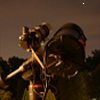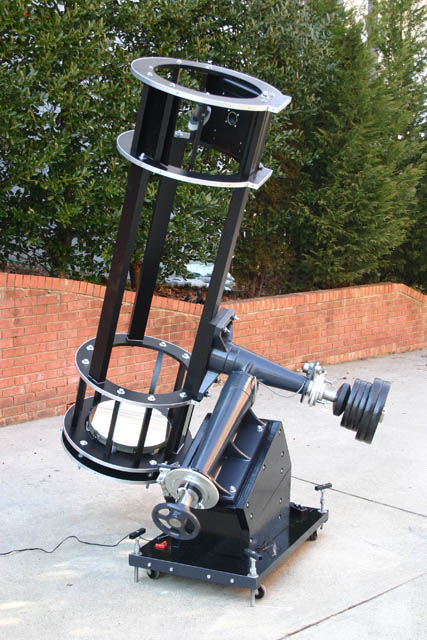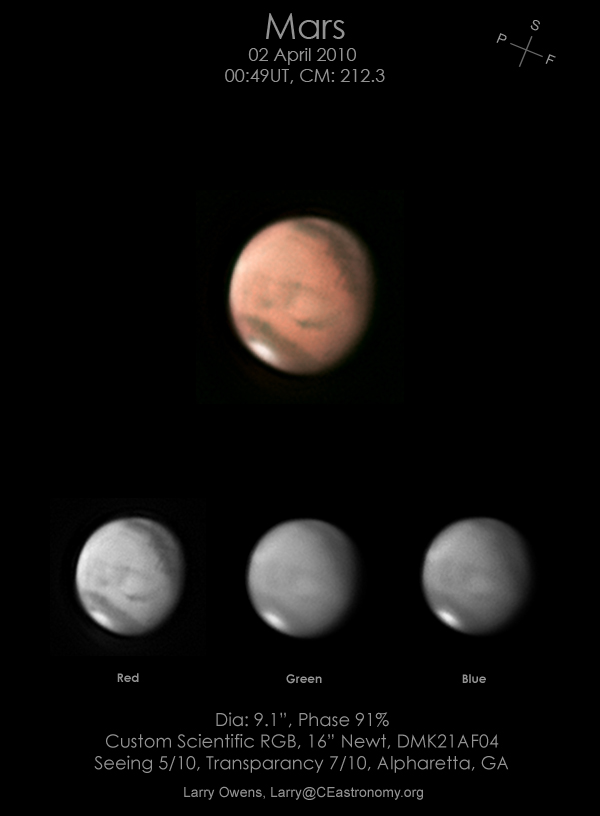Testing a 16″ Scope
Hello everyone,
I’ve been busy finishing the construction of a 16″ scope for the CE chapter of the AAC (Atlanta Astronomy Club). It’s probably not what you think. This one is a 16″ Newtonian on a large “Tom Dobbins” German Equatorial mount. That’s pretty unique today when most large aperture Newtonians are Dobs (Dobsonian).
The design and construction of the scope is a long story, so for that just check out the CE website under “Projects”, then “Truss Tube” and there are other links under “Byers”.
The mirror we used on this scope was refigured and recoated by Galaxy optics not long ago, and turned out to be one of the best optics I’ve ever used, making this scope one terrific high power planetary imaging system.
Here’s a shot of the crater Archimedes and this is actually the first image taken with the big scope (below).
The smallest craters you see in this image are about 1000 feet across, possibly less and that’s incredible resolution, considering that the moon is nearly 240 thousand miles away and 2100 miles in diameter.
This next image is the second shot taken with the scope and it’s of the planet Mars (below). Now you may think it’s not that great compared to some of the spectacular shots taken of the red planet from Earth, but Mars in this shot was nearly 100 million miles away, and only 9 arc seconds across so it’s actually a pretty good shot.
Here’s shot number 3 taken with the scope, and this is Saturn of course (below). I had to work the next day so I had to take this image in less than ideal conditions. The planet was just 41 degrees above the horizon and the atmosphere was fairly turbulent.
These images in all are very promising for this scope and with the increased resolution and light gathering power over the C14 I’ve been using, you should expect to see some amazing images of the planets in the months to come.
Dark skies, Larry








